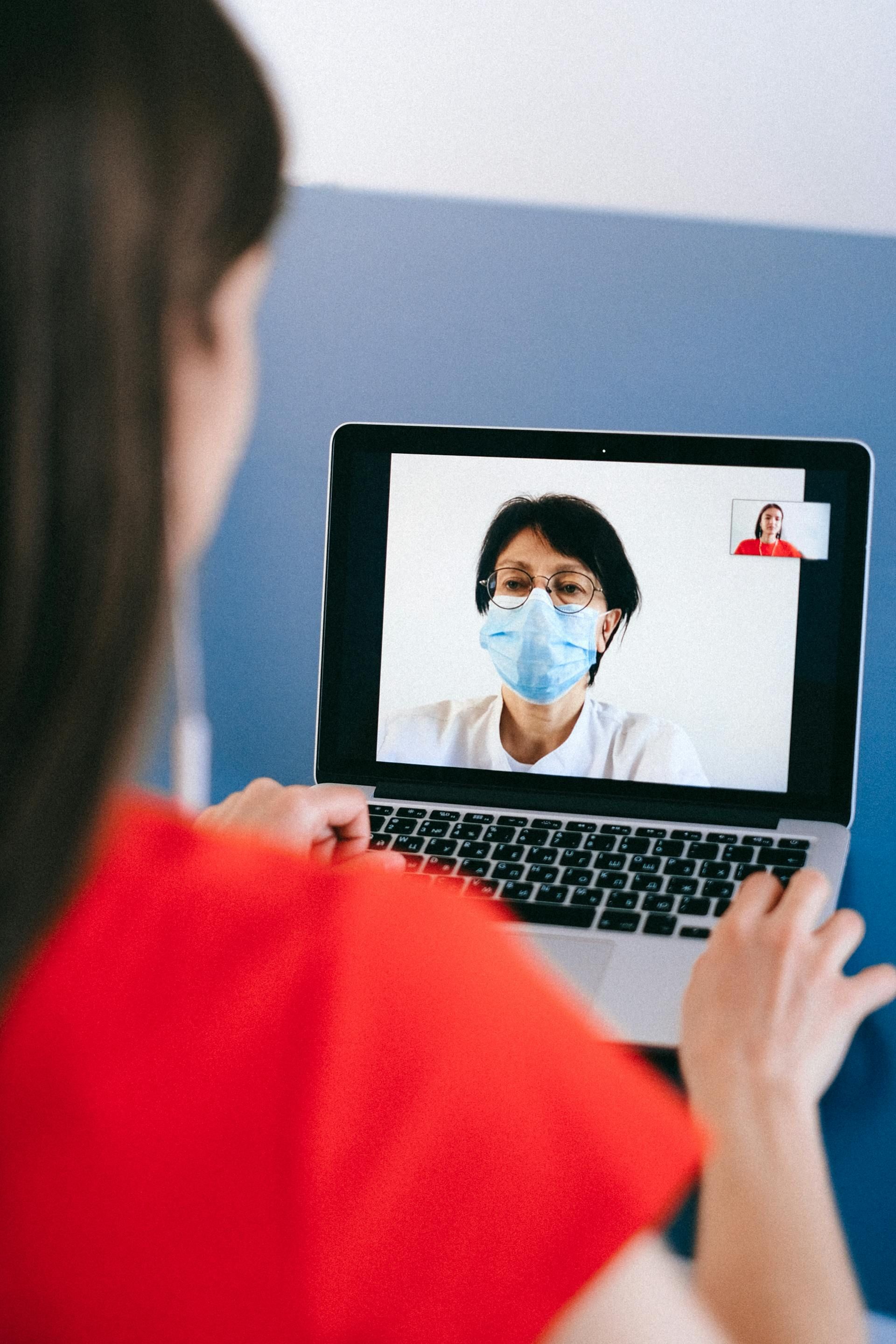business resources
Medical Services in the Tech Age: Smart Ways to Adapt
11 Jun 2025, 1:23 am GMT+1
Modern medicine continues to shift with the growth of digital tools. Traditional systems are making room for quicker, more personalized, and technology-driven methods. Patients and providers alike are adjusting to new models of care that focus on accessibility and efficiency. Health services no longer rely solely on in-person visits and paper charts. Instead, tools such as digital diagnostics, remote consultations, and data analysis are reshaping how care is given and received. As expectations change, so must the systems that support them. Navigating these changes requires flexibility and a readiness to adopt smart strategies that work for both people and technology.
Shifting to Virtual Care
The move toward remote consultations has changed the way patients interact with medical professionals. So, telehealth services now play a major role in delivering timely care without the need for a physical clinic. These platforms support everything from mental health counseling to post-operative check-ins, reducing strain on physical facilities and giving patients quicker access to professionals. In the middle of a busy schedule or during a minor illness, video calls and secure messaging offer a level of comfort and speed that many now prefer. By embracing these tools, clinics can manage their resources more effectively and reach individuals who might otherwise skip care entirely.
Data-Driven Decision Making
With growing access to health information, providers now rely on real-time data to guide clinical decisions. Electronic health records (EHRs), wearable health monitors, and predictive software work together to give a fuller picture of a patient’s condition. This kind of access supports earlier intervention and personalized care plans that respond to a person’s unique patterns and needs. Trends in blood pressure, blood sugar, or sleep quality, once scattered across notebooks and memory, are now compiled automatically. The ability to act on this data quickly can lead to better outcomes and shorter recovery times.
Digital Tools in Preventive Care
Preventive care has taken on new dimensions with the introduction of digital tools that support early detection, lifestyle tracking, and proactive health management. Wearable devices, such as smartwatches and fitness trackers, continuously collect data on heart rate, sleep patterns, physical activity, and even blood oxygen levels. This steady stream of information allows both patients and healthcare providers to identify patterns that might indicate health risks before symptoms appear. Mobile health apps encourage healthier behavior through reminders, educational content, and daily goals, empowering users to take small but consistent steps toward better well-being. Remote monitoring devices, integrated with electronic health records, make it easier for physicians to follow a patient’s progress and intervene early if concerning trends arise. Artificial intelligence is increasingly being used to predict the likelihood of conditions like diabetes, hypertension, or cardiac events based on lifestyle and biometric inputs. By shifting focus from treatment to prevention, these technologies help reduce the burden on healthcare systems and promote a more sustainable approach to public health.
Training and Support for Digital Adaptation
Healthcare workers often face steep learning curves when new tools enter their routines. For digital upgrades to succeed, staff must feel confident using them. Hands-on training, ongoing technical support, and clear communication help reduce frustration and build trust in the systems. Clinics that commit time and resources to this transition often see smoother workflows and better morale. It's not only about understanding the buttons and screens—it's about seeing how these tools support better outcomes and safer, more informed care. Investments in education make the shift less stressful and more sustainable.
Building Trust in New Platforms

Patients may hesitate to adopt digital tools, especially when it comes to privacy or unfamiliar formats. To encourage use, platforms must prioritize security, ease of use, and transparency. A confusing interface or data breach can undo progress quickly. Trust builds through small, consistent efforts—clear explanations, responsive customer service, and stable performance. When patients see that these tools work in their best interest, their comfort grows. Over time, these systems become part of routine care, much like once-new technologies such as online banking or navigation apps.
Keeping Human Connection in Tech-Driven Care
No matter how advanced the system, personal connection remains a key part of healing. One risk of relying too heavily on screens is the loss of empathy and warmth that in-person care can provide. To maintain balance, providers must learn to express attentiveness and concern through digital channels. Simple gestures—eye contact over video, follow-up messages, personalized summaries—can remind patients that they are more than a data point. As tools evolve, the challenge lies in using them to support, not replace, the bond between provider and patient.
Adapting to the tech age in healthcare involves more than adopting new tools. It requires thoughtful planning, patient engagement, and ongoing support for both users and staff. The goal is not to replace traditional care but to improve its reach, precision, and accessibility. Smart adaptation means knowing when to use technology and when to lean into human connection. As expectations grow, those who remain flexible, curious, and committed to quality will find ways to meet them.
Share this
Arthur Brown
Writer
A dad of 3 kids and a keen writer covering a range of topics such as Internet marketing, SEO and more! When not writing, he's found behind a drum kit.
previous
Who Are You As a Writer? A Journey of Discovery
next
How to Play Online Slots for Money at Non GamStop Casinos?